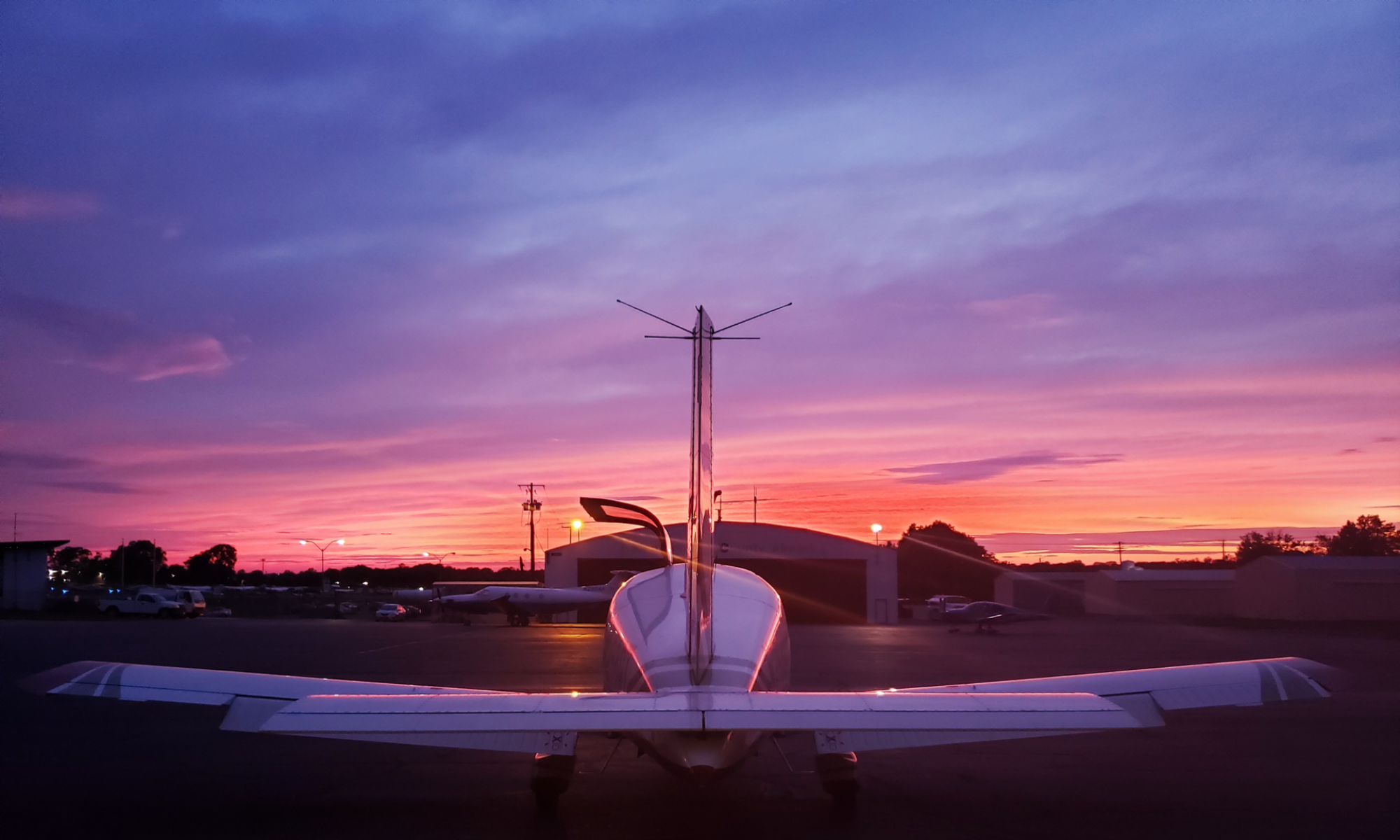How current is NEXRAD? And, how valuable is it when flying IFR?
There is a common saying in aviation about NEXRAD, I’m including both Sirius XM and FIS-B (ADS-B in weather displays), NEXRAD should be used for strategic flight planning, not tactical weather avoidance.
What’s the difference? Strategic, in this context, refers to the big-picture flight planning. It involves looking at weather trends and using that information to make a go/no-go decision, deciding to turn around, make a precautionary landing or change course to safely avoid the weather. Tactical weather avoidance is using the radar display to try to narrowly avoid hazardous weather in order to minimize the time and distance flown. This could mean using a moving map, displaying weather radar, trying to fly between close cells or to try to beat a cell moving towards your flight path.
What are the risks? Remember, while these RADAR depictions should be updated every five minutes, that doesn’t mean the weather you’re seeing is only five minutes old. RADAR returns have to be read, then they must be serialized which is the process of taking data and converting it to a format that can be transmitted. It must then be transmitted, received by the aircraft, deserialized (the data must be put into a format that can be displayed on the aircraft’s display) and then the display must be updated. All of this takes time, and assumes the aircraft is receiving a valid signal from the transmitters.
Have you ever watched a video and noticed a long pause in the stream before the video continues? That’s something called “buffering”. That happens when the amount of data required to show the video needs to be processed faster than your network can download the data. The video is downloaded as quickly as possible and is stored in local memory. Once the local memory contains enough data to display the video, the monitor begins playing the video from memory while still downloading more data. The slower the connection, the longer it takes for the video to begin playing. Weather RADAR works the same way. On a bad weather day, it may take longer to download the weather data.
Are you fling north? Well, that could interfere with your reception too. Most Sirius XM antennas are just stuck on the inside of the wind screen. The satellite it’s tracking is south, so the fuselage is blocking that signal. This also leads to latency.
These tools add a lot of safety and piece of mind for your flying. But, they must be used wisely. Make sure you know what you’re looking at before you make your decisions.
